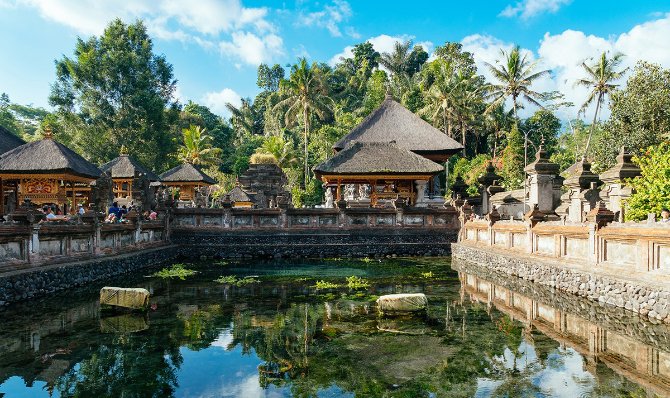Tangy Sauerkraut Recipe: Fermented Flavor Delight
Exploring the Art of Sauerkraut Making
Sauerkraut, with its tangy and crunchy goodness, has been a staple in kitchens for centuries. But there’s more to this fermented cabbage dish than meets the eye. Let’s delve into the art of sauerkraut making and uncover the secrets behind its unique flavor.
Getting Started with the Basics
To embark on your sauerkraut-making journey, you’ll need just a few simple ingredients: cabbage, salt, and time. Start by thinly slicing or shredding fresh cabbage, ensuring it’s free from any bruising or blemishes. Then, mix it with salt in a bowl, allowing the cabbage to release its natural juices.
The Magic of Fermentation
The real magic of sauerkraut happens during the fermentation process. As the cabbage sits in its salty brine, beneficial bacteria begin to proliferate, transforming the sugars present in the cabbage into lactic acid. This not only gives sauerkraut its signature tangy flavor but also acts as a natural preservative, allowing it to be stored for long periods.
Choosing the Right Equipment
While sauerkraut can be made with just a bowl and a weight to keep the cabbage submerged, investing in proper fermentation equipment can make the process easier and more consistent. Fermentation crocks, airlocks, and cabbage tampers are all handy tools to have on hand for the avid sauerkraut enthusiast.
Experimenting with Flavors
While traditional sauerkraut is made with just cabbage and salt, there’s no limit to the flavor variations you can explore. Additions like caraway seeds, juniper berries, garlic, or chili flakes can impart unique flavors and aromas to your sauerkraut, elevating it to new heights of culinary delight.
The Importance of Patience
Patience is key when it comes to making sauerkraut. While it may be tempting to sample your creation early, true fermentation takes time. Allow your sauerkraut to ferment at room temperature for at least a week, though longer fermentations can result in deeper and more complex flavors.
Troubleshooting Common Issues
Encountering issues like mold or a funky smell during the fermentation process can be disheartening, but fear not – most problems can be easily remedied. Simply skim off any surface mold and ensure that your cabbage remains submerged in its brine. Trust your senses; if something smells off, it’s best to err on the side of caution and discard the batch.
Incorporating Sauerkraut into Your Diet
Beyond its delightful flavor, sauerkraut offers a myriad of health benefits. As a fermented food, it’s rich in probiotics, which promote gut health and aid in digestion. Additionally, sauerkraut is low in calories and packed with vitamins C and K, making it a nutritious addition to any meal.
Exploring Culinary Possibilities
While sauerkraut is often enjoyed as a condiment or side dish, its versatility knows no bounds. Incorporate it into sandwiches, salads, or wraps for a tangy kick, or use it as a topping for hot dogs, burgers, or sausages. Get creative in the kitchen and discover new ways to incorporate sauerkraut into your favorite recipes.
Sharing the Joy of Homemade Sauerkraut
In conclusion, making homemade sauerkraut is a rewarding and satisfying endeavor. Not only does it allow you to connect with age-old culinary traditions, but it also empowers you to create flavorful and nutritious dishes right in your own kitchen. So gather your cabbage, roll up your sleeves, and embark on a sauerkraut-making adventure today! Read more about sauerkraut recipe





